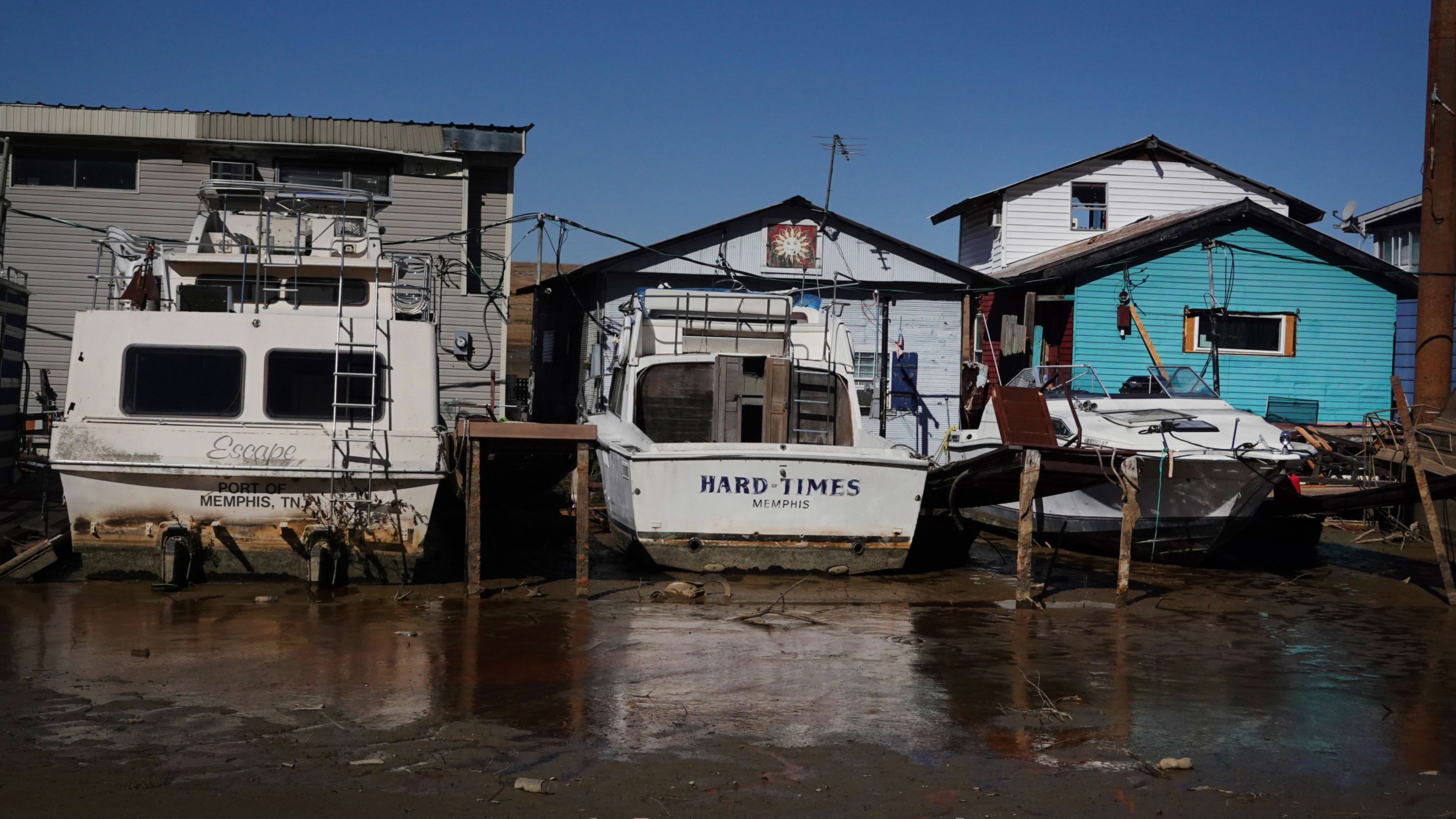In March 2022, water levels in Lake Powell, the second largest reservoir in the U.S., dropped to a historic low. A few months later, in July, Lake Mead, the largest reservoir, also hit a historic low. It was filled to only 27% of its capacity. Both reservoirs are part of the Colorado River system, which provides water for 40 million people, and which has been in crisis as the Southwestern U.S. has been in the midst of a mega-drought, its worst in 1,200 years.

Once again, our planet has hit an array of devastating records as climate change worsens. The Yangtze River, China’s third-largest, which provides drinking water to more than 400 million people, also hit record-low levels; as did the Rhine River in Germany, which is responsible for 80% of the country’s water freight. The summer of 2022 marked Europe’s worst drought in 500 years. The year was also one of California’s three driest years on record.

Some climate news, like greenhouse gas emissions, may be a bit too abstract for most people to wrap their heads around. But the effects of climate change in the form of drought, wildfires, record temperatures, tornados, and flooding—all of which the planet experienced this year—are visceral. They also show the complexities of climate change; while one part of the world may experience a drought, another part may get extreme rain. 2022 also brought unprecedented floods to Pakistan, for example, which wiped out 200,000 homes, 2 million acres of crops, and affected more than 33 million people.

For photographers covering climate change at Getty Images, documenting these extremes is a critical aspect of telling these climate change stories.

“You can read statistics all day long and that will have a certain impact in your brain, but the power of photography is for people to be able to visualize what’s happening on the ground,” says Mario Tama, a staff photographer at Getty Images. “Especially some of these threatened, vulnerable places a lot of people don’t have the opportunity to visit in person. It’s our duty and responsibility as photojournalists to be able to bring that reality home to people wherever there are around the globe.”

Tama, along with Getty Images staff photographer Justin Sullivan, both covered the news that Lake Mead hit a historic low in 2022. Walking out onto the dry lakebed that was underwater years ago, “coming across things like boats that were formerly submerged and fish stuck in the dry lake bed—it’s a really visceral experience, and shocking to see up close,” Tama says.

These images of climate disasters may be tough to see, but “people need to look at things that are hard to look at,” Sullivan says. “If you don’t show [people] anything that provides evidence that this is a problem and impacts their community, they’re not going to care. . . . If you show them a picture of something that’s not there anymore, [they] can’t dispute that.”

To that point, more people are paying attention: Now a majority of Americans (64%) say they are at least “somewhat worried” about climate change, and 65% say global warming will harm people in the U.S., according to a 2022 Yale Program on Climate Change Communications study. A record number of Americans are now “alarmed” about climate change, outnumbering those who are dismissive of it by more than 3 to 1.
“This isn’t a red state or blue state issue,” Tama adds. “It affects everyone in one way or another, and I think it’s really important that people see how it’s affecting other folks and other parts of the nation. And perhaps if they see a photo like that, they can feel inspired to pay attention on a local level or get more involved. I think the power of photography really does have that capability.”
Recognize your brand’s excellence by applying to this year’s Brands That Matter Awards before the final deadline, June 7.
Sign up for Brands That Matter notifications here.






